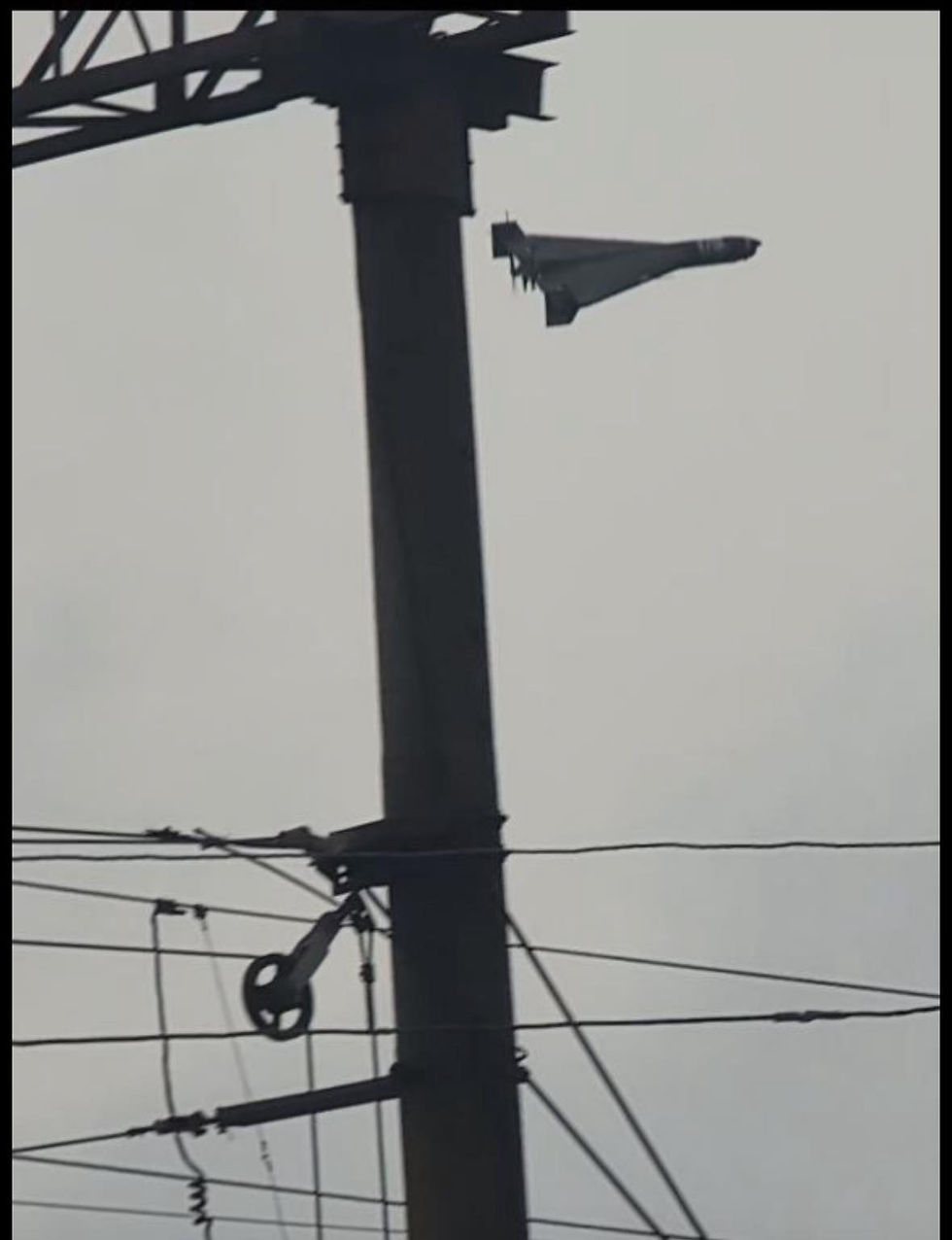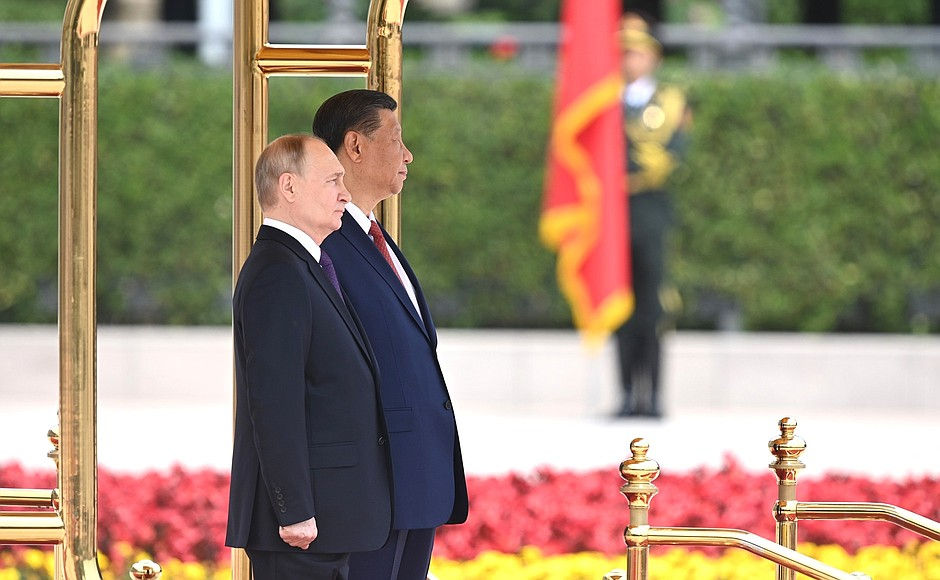17 months of Ukraine’s resistance: Russia-Ukraine war in numbers
- Res Publica

- Aug 25, 2023
- 4 min read
We write about the number of victims, deportations, demining, environmental security, migration, education, culture and media during the Russian-Ukrainian war. First published on Share the Truth.

Casualties
As of July 16, 25671 civilian casualties were recorded as a result of Russia’s full-scale invasion of Ukraine, including 9287 killed and 16384 injured according to UN OHCHR. OHCHR believes that the actual figures are considerably higher, as the receipt of information from some locations with intense hostilities has been delayed and many reports are still pending corroboration. Since the start of the war, more than 1574 children have been injured or killed by Russian armed forces. 497 children were killed due to military activities, more than 1077 children were injured mostly due to shelling and airstrikes.
Forced migration
5 868 000 individual Ukrainian refugees were recorded across Europe as of July 18, 2023.
Deportation
19553 children have been reportedly taken to Russia according to Ukrainian government figures. As of July 26, 385 Ukrainian children have been returned to their families.
Demining
About 30% of Ukrainian territory, i. e. 173 530 km2 has been exposed to military operations and will require demining measures. The area, contaminated with land mines, unexploded bombs, artillery shells and other byproducts of fighting already amounts the size of Florida or Uruguay, thus making Ukraine the most mined country in the world.
Demining measures are estimated to take approximately 757 years to complete, under the condition that 500 demining teams will continue operating simultaneously. According to the World Bank it will cost $37.4 billion over the next 10 years.
Environmental security
On June 30, the first meeting of the International Working Group on the Environmental Consequences of War took place in Kyiv. The established International Working Group will focus on three specific areas: (1) assessment of the consequences of war for the environment; (2) developing recommendations for finding mechanisms to bring the aggressor to justice for environmental crimes so that Russia pays in full for the destruction it has caused; and (3) environmental restoration.
According to the Head of the Environmental Safety and Mine Action Department at the Ukrainian Defense Ministry, Russian attacks against the country’s military objects have caused over UAH 305 billion in environmental damage, including over UAH 300 billion as soil pollution caused by waste from the ruined infrastructure; about UAH 700 million as soil contamination with petroleum products and other dangerous chemical substances; about UAH 4 billion as unorganized emissions of pollutants into the air. He also noted that the amount of the damage caused to the forests is about UAH 7 million.
According to the Ministry of Agrarian Policy and Food of Ukraine, as a result of the Kakhovka Hydroelectric Power Station explosion, almost all the fish in the reservoir were practically wiped out. In total, at least 11388 tons of fish have been lost.
As a consequence of Russians blowing up the Kakhovka dam, 100% of the Lower Dnipro National Park territory has been flooded. The rise in water levels resulted in a massive loss of animal and plant species unique to the area. According to preliminary estimates, the damage caused by the Kakhovka dam explosion to the Lower Dnipro National Park is approximately UAH 46.5 billion.
According to the Ministry of Environmental Protection and Natural Resources, the estimated amount of losses caused to the environment by the dam explosion is approximately $1.5 billion. Around 150 tons of oil leaked during the explosion. The salinity level of the Black Sea near Odessa is nearly three times lower than the norm, Kyiv School of Economics said in its report as of June 30.
Food security
According to the Kyiv School of Economics, as a consequence of Russians blowing up the Kakhovka dam, the destruction of crop plantations, livestock, and fish stocks has resulted in agricultural damages of $25 million. Moreover, the Kakhovka Reservoir was used to supply water for irrigation systems and livestock farming across a total area of 584,000 hectares. As a result, indirect losses for crop production are projected to increase by $182 million annually. Other sectors of the industry will be losing up to $49 million per year.
Energy security
The energy sector accounts for over a quarter of the total damages caused by the explosion at the hydroelectric power plant, amounting to $586 million. Total damages to the sector are $624 million. The annual economic losses incurred by the state-owned company Ukrhydroenergo due to the destruction of the power station exceed $100 million.
Education
Since the beginning of the full-scale invasion, 3536 education institutions have suffered bombing and shelling, 3199 of them have been damaged and 337 have been destroyed completely.
Culture
As of 25 June, according to the Ministry of Culture and Information Policy, more than 664 cultural heritage sites were damaged or destroyed, excluding cultural infrastructure such as libraries or other institutions located in modern buildings. 24 of them were destroyed completely.
As for cultural infrastructure objects, as of June 26, 1582 objects have suffered damage, about one third (585) were completely destroyed. In particular, 598 Ukrainian libraries have been damaged since the beginning of Russia's full-scale invasion in Ukraine.
29 objects of the cultural heritage were damaged on a single night of July 23, when Russian missiles attacked Odesa. Due to the enemy attack, the buildings of the 19th and 20th centuries were damaged, including the Manuk-Bey Mansion, the Porro House, the Chyzhevych House, the Zhdanova House, the Kovalevskiy House, the Mashevsky House, and others. In addition, the Transfiguration Cathedral, which was under UNESCO protection, the House of Scientists, and the Zhvanetskiy Boulevard were destroyed.
Media
In the year and five months since the start of the full-scale invasion, Russia has committed 524 crimes against journalists and media in Ukraine. In July 2023 five freedom of speech violations committed by Russia were recorded. Namely, injuring reporters. Moreover, during the seventeenth month of the war, four media workers who defended Ukraine from the Russian invaders were killed on the frontline: Konstiantyn Hnietsky and Dmytro Rybakov. As of July 24, a total of 65 media workers died in Ukraine, with 10 of those dying while reporting. Furthermore, five media workers (both Ukrainian and foreign) were injured in the seventeenth month of the war.
Article by Sofiia Dalibozhak, Sofia Oliynyk and Mariana Zaviyska. Source the Heinrich Boell Foundation web page.





Comments